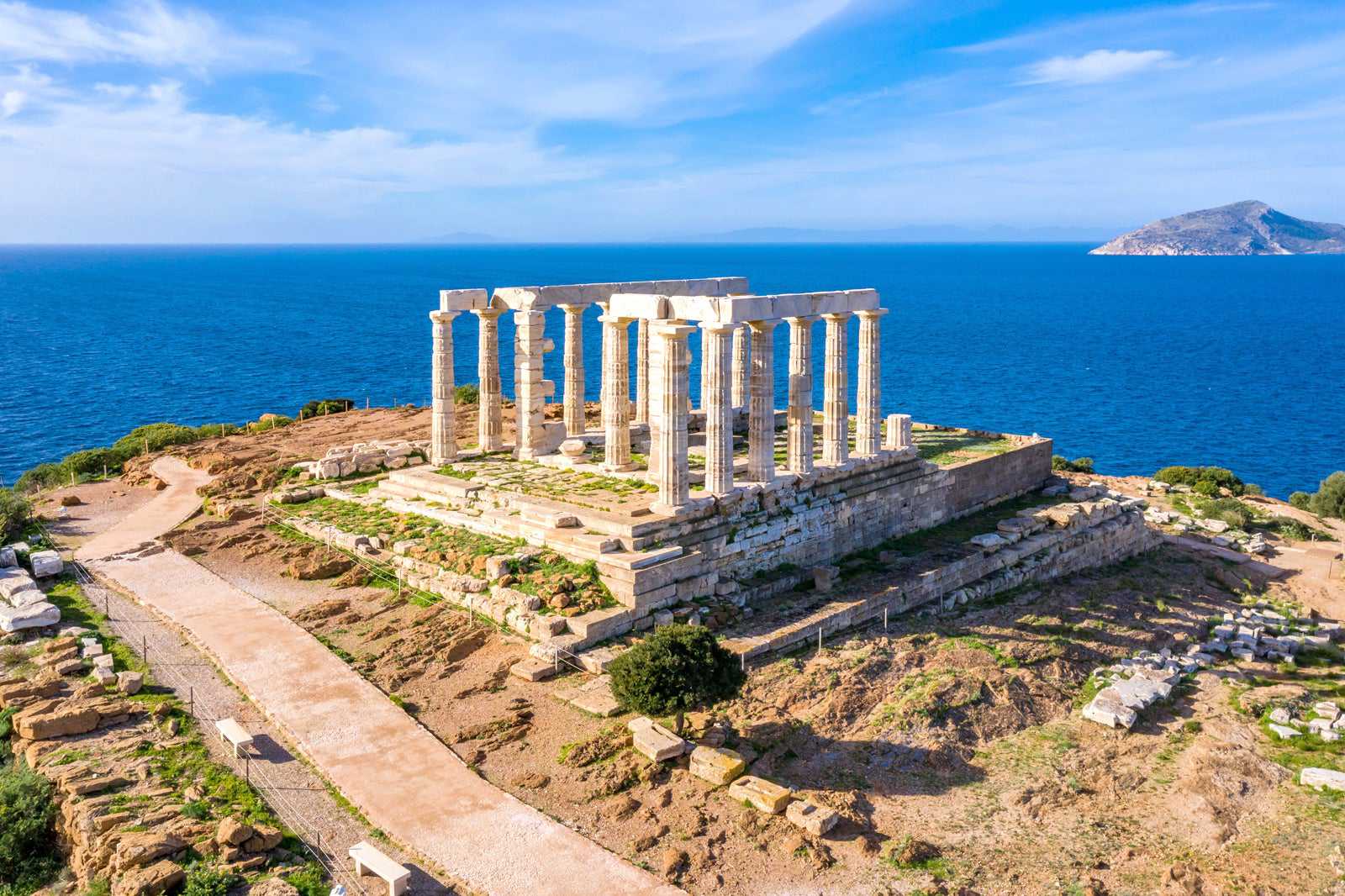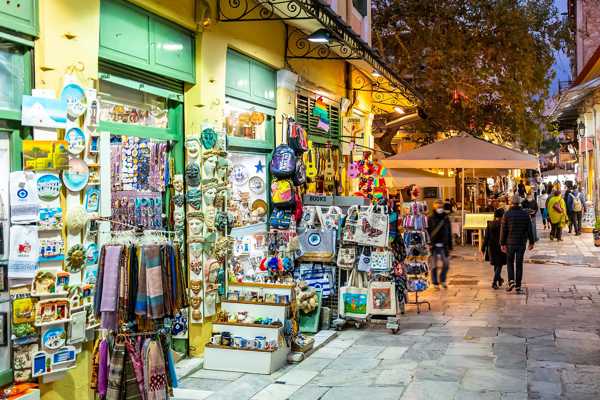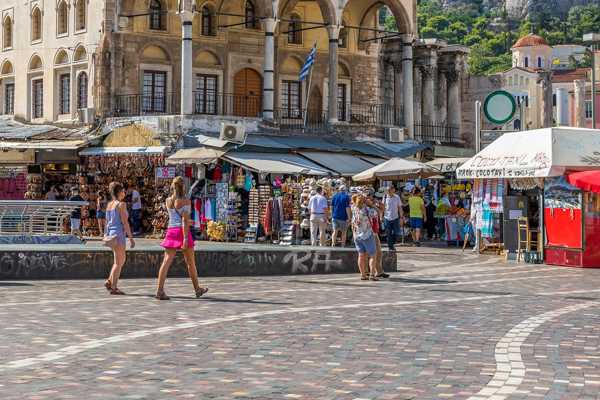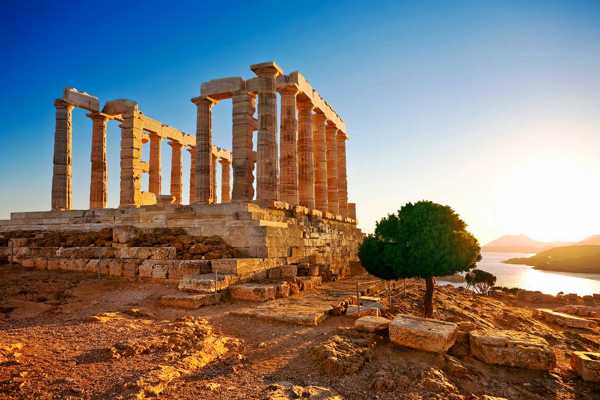The ancient ruins in Athens are great places for stepping back into the city’s storied past. You can see the mighty Parthenon soaring high on a hill in the middle of the city. Temples and shrines and old plazas used by Plato pop up on street corners near the iconic landmark. The city also has theatres that once played Euripides and mysterious shrines that once honoured Poseidon.
The sheer number of amazing Greek and Roman ruins to visit is enough to fill weeks of vacation time. That's why this list aims to whittle it down to a more manageable number. It's got 2,500-year-old temples to Athena, seaside columns that blaze in the sunset, and gathering places where democracy was born.
- 1
Parthenon
A must-see sight of the Greek capital
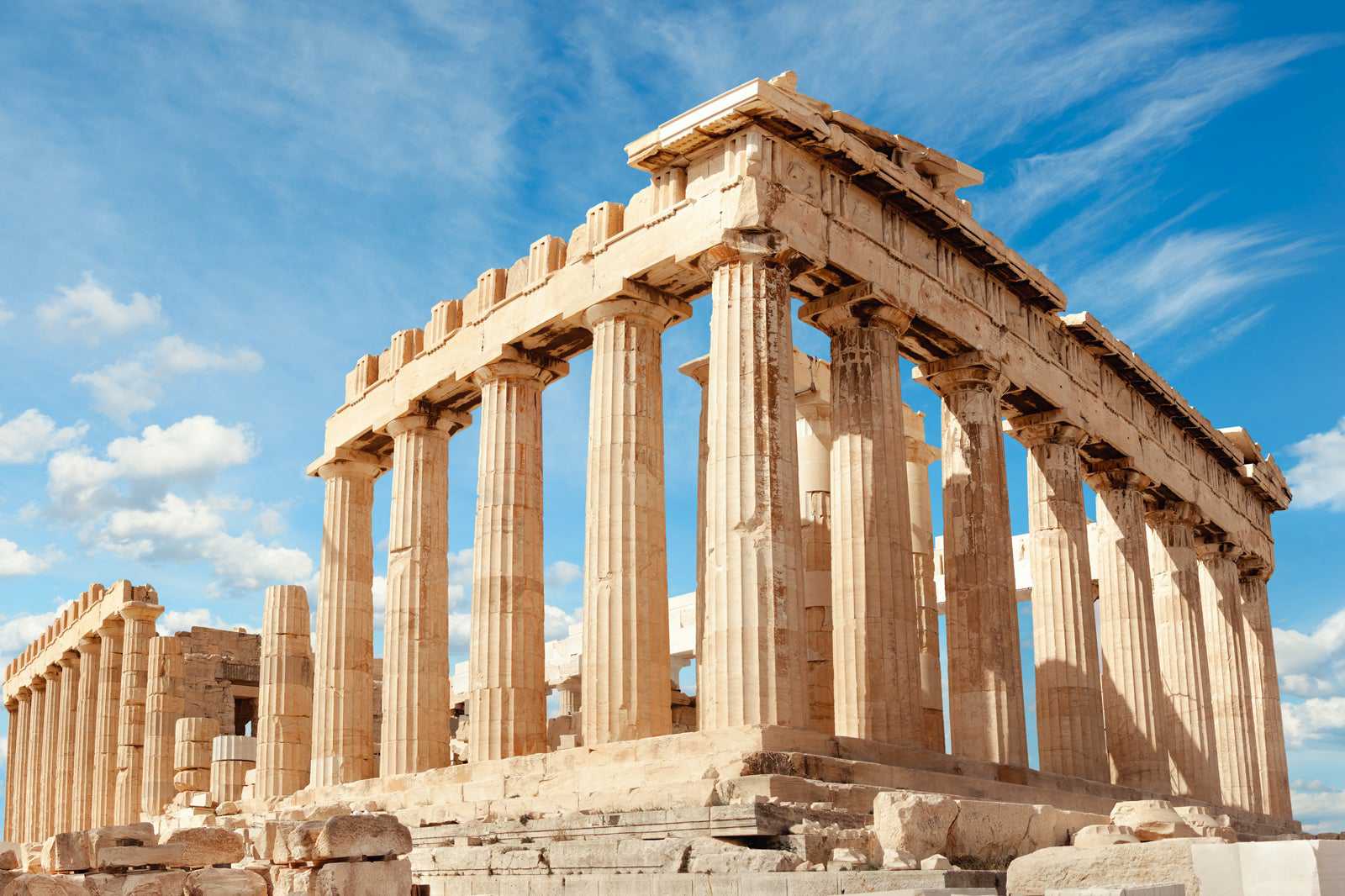
- Ιστορία
- Φωτογραφία
The Parthenon is the single most iconic ancient ruin in Athens – nay, the whole of Greece and arguably Europe and the world. A symbol of the great civilisation that flourished in these parts 2,500 years back, it stands tall and proud on Acropolis Hill. You can basically see it from anywhere in the city, and it has its own metro stop to boot.
Built in the 5th century BC at a time when Athens was establishing itself at the head of an empire, the structure is remarkable for its mighty rows of Doric columns. They actually swell a little in the middle and lean inwards, all to give the optical illusion of parallel lines and rigidity. Some of the great friezes that once decorated the top of the Parthenon are on show in the nearby museum.
Τοποθεσία: Athens 105 58, Greece
Ώρες λειτουργίας: Daily from 8 am to 8 pm
Τηλέφωνο: +30 21 0321 4172
Χάρτης - 2
Erechtheion
A temple shrouded in mystery
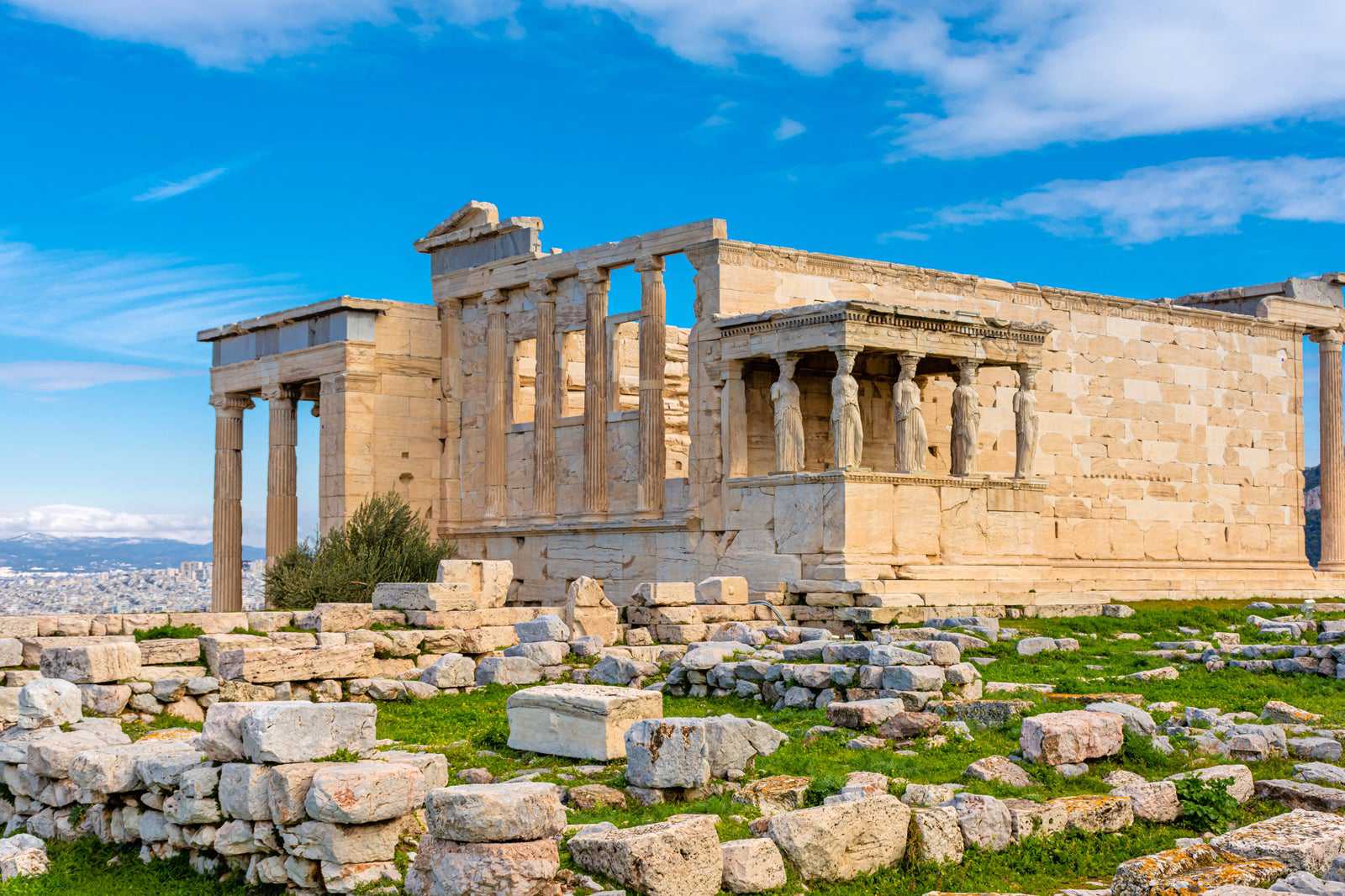
- Ιστορία
- Φωτογραφία
The Erechtheion is a mysterious secondary temple that also crowns the iconic Acropolis Hill. You'll see it standing right next to the famous Parthenon just a touch to the north, marked out by its trademark Porch of the Maidens, a series of columns that are carved into the shape of women draped in flowing dresses.
The purpose of this asymmetrical shrine is still debated by scholars, but most think it served as a focal point for the local Athenian cult to both Poseidon and Athena, the patron and namesake of the city. What's certain is that it once housed a sacred statue of Athena carved from wood. It's a little younger than the Parthenon, dating to 420 BC.
Τοποθεσία: Athens 105 58, Greece
Ώρες λειτουργίας: Daily from 8 am to 8 pm
Τηλέφωνο: +30 21 0321 4172
Χάρτης - 3
Temple of Hephaestus
The shrine of the blacksmith god
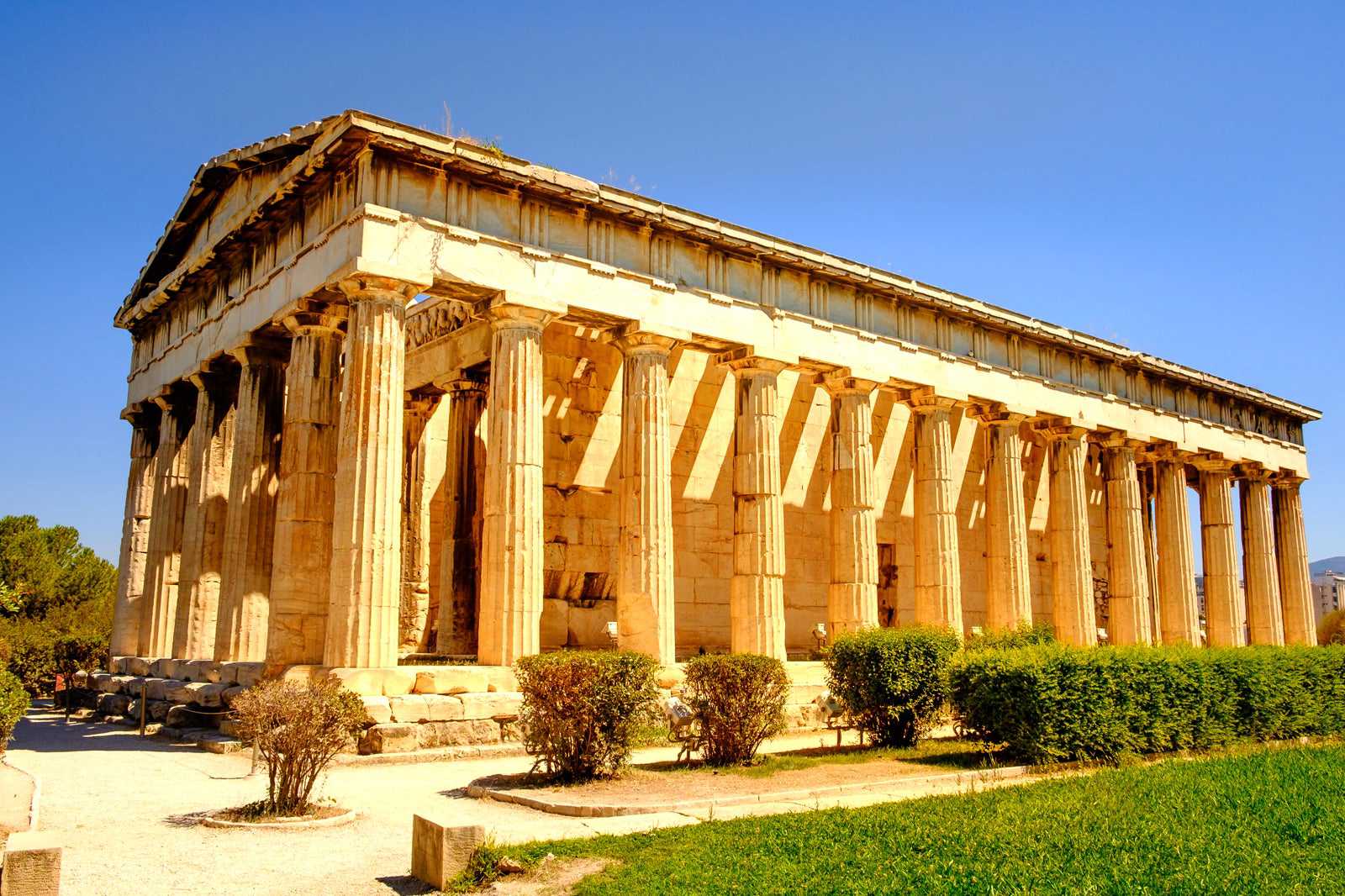
- Ιστορία
- Φωτογραφία
The Temple of Hephaestus has been hailed as the best-preserved ancient temple in the whole of Greece. It stands on the north side of the Agora of Athens, the historic gathering point of the city that's now behind a protective fence on the north side of Acropolis Hill.
Prepare to be wowed by a colossal 30x13-metre structure that's ringed by rows of huge marble Doric columns. The whole thing was built in the second half of the 5th century BC, and only completed in 415 BC during a break in the Peloponnesian War. Originally intended as a shrine to the god of metalwork and blacksmithing, it was later converted into a church by the Byzantines.
Τοποθεσία: Adrianou 24, Athens 105 55, Greece
Ώρες λειτουργίας: Daily from 8 am to 8 pm
Τηλέφωνο: +30 21 0321 0185
Χάρτης - 4
Odeon of Herodes Atticus
Where the Romans watched their shows
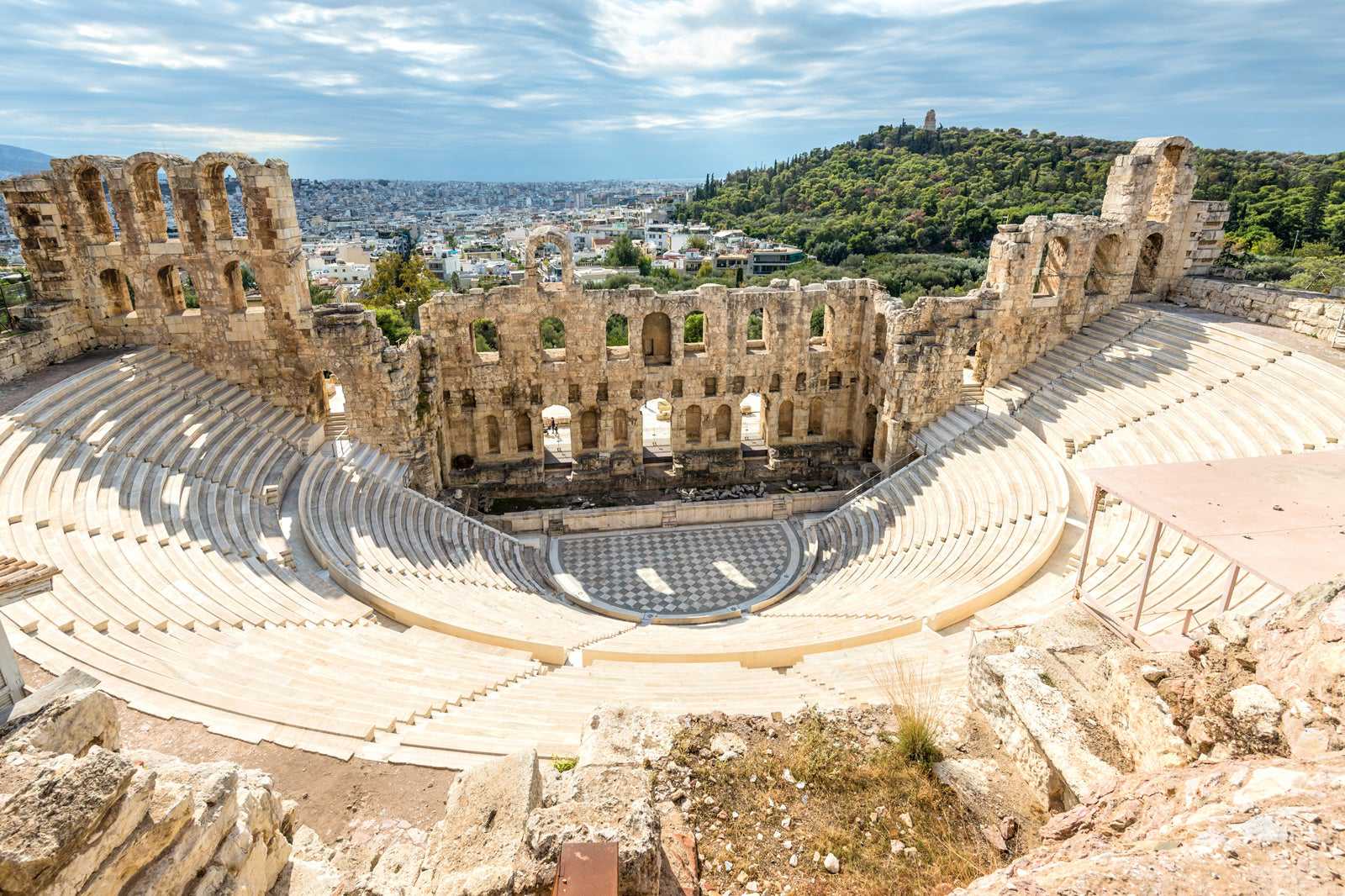
- Ιστορία
- Νυχτερινή ζωή
- Φωτογραφία
The Odeon of Herodes Atticus might be a part of the ancient Greek complex that spreads around and atop Acropolis Hill, but it actually dates from a slightly later era. It was, in fact, the Romans that raised this mighty theatre building in the late 2nd century AD – some 600 years after the Parthenon.
Originally built using a mixture of Lebanese cedar and marble, it's now marked out by its half-ruined façade of arched brick windows. They lead to a restored terrace of seating that has a capacity for up to 5,000 spectators. The spot is still used for concerts – it's hosted greats like Elton John and Andrea Bocelli in the last half-century.
Τοποθεσία: Dionysiou Areopagitou, Athina 105 55, Greece
Ώρες λειτουργίας: Daily from 8 am to 8 pm
Τηλέφωνο: +30 21 0324 1807
Χάρτης - 5
Temple of Olympian Zeus
The largest temple in Athens
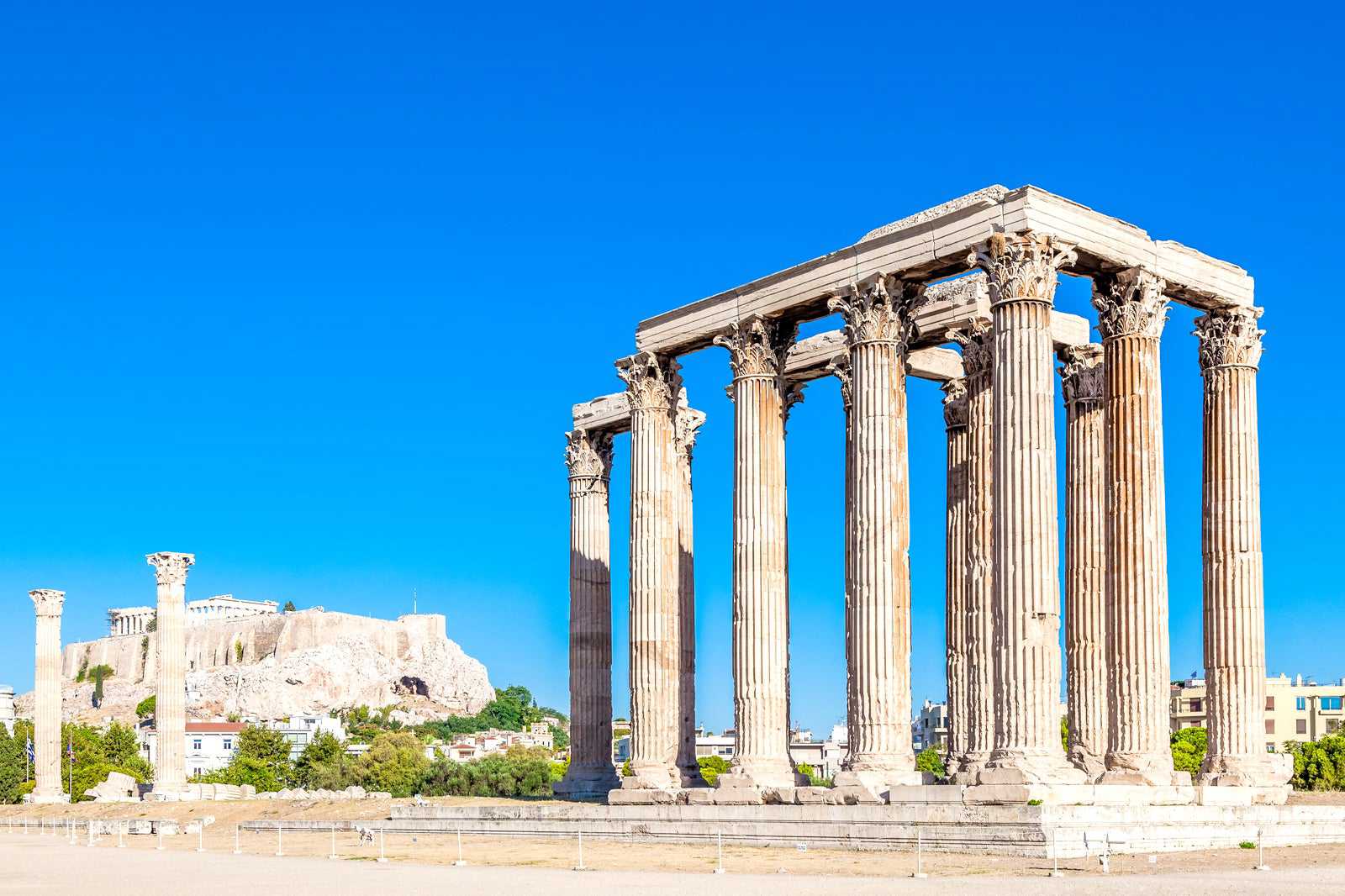
- Ιστορία
- Φωτογραφία
The Temple of Olympian Zeus was intended to be the greatest and largest temple of all time. You'll see that its builders must have done a pretty good job of fulfilling their brief – the structure looms large over the Plaka and the National Garden of Athens on the southern side of the Acropolis.
Large is putting it lightly, too. The columns – which would have once numbered over 100 in all – stand a whopping 17 metres high. The floor plan measures 72x30 metres. Sadly, only fragments of this formerly glorious building remain, though there is still one corner of Corinthian marbles to wonder at.
Τοποθεσία: Athens 105 57, Greece
Ώρες λειτουργίας: November–March: daily from 8 am to 3.30 pm. April–October: daily from 8 am to 7 pm
Τηλέφωνο: +30 21 0922 6330
Χάρτης - 6
Roman Forum
Rome's gift to the city
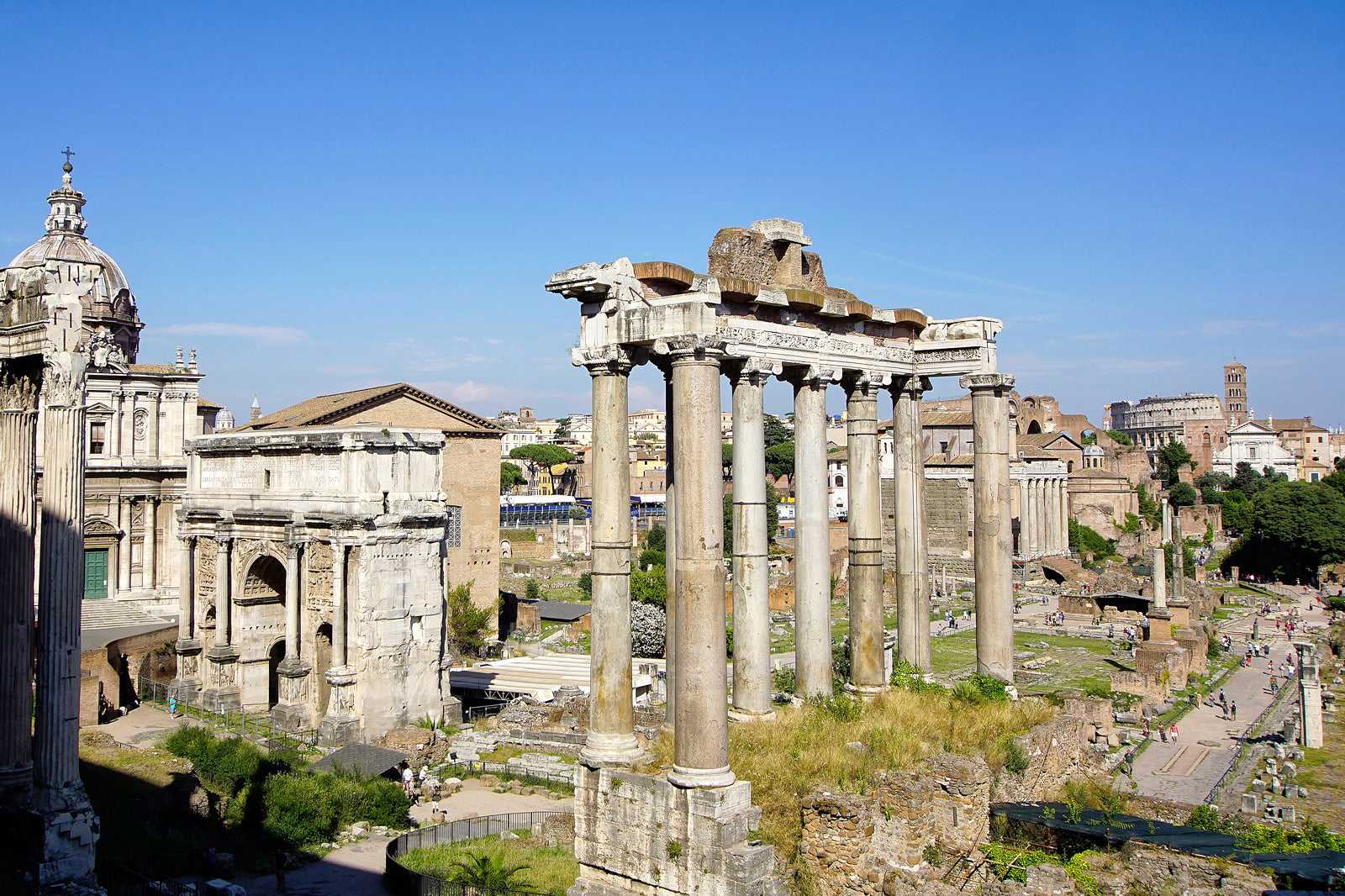
- Ιστορία
- Φωτογραφία
The Roman Forum of Athens, also known as the Roman Agora, is the area where the economic activity of the city shifted after Greece came under the control of the Roman Empire. It sits between the bustle of Monastiraki and the charming Plaka area, overlooked by the outline of the Parthenon on high.
Sadly, much of the Roman Forum is now in ruins. However, you can still see the floorplan of temples and theatres that were built during the reign of Augustus – that's 2,000 years back. There were also significant later additions, in the form of Byzantine churches and Ottoman mosques.
Τοποθεσία: Polignotou 3, Athina 105 55, Greece
Ώρες λειτουργίας: Daily from 8 am to 8 pm
Τηλέφωνο: +30 21 0324 5220
Χάρτης - 7
Archaeological Site of Sounion
Gorgeous sunsets and enthralling history in one
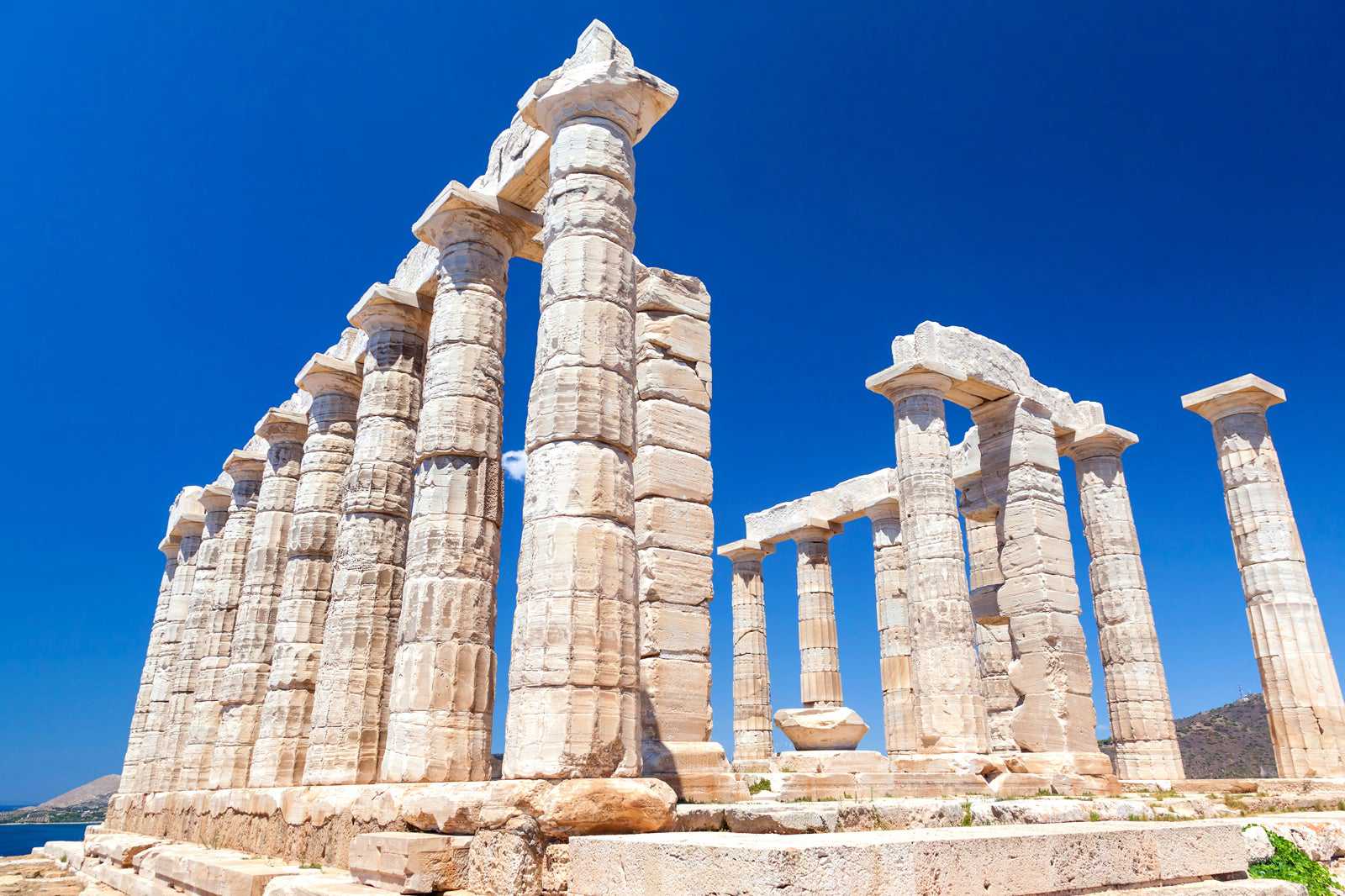
- Ιστορία
- Φωτογραφία
The Archaeological Site of Sounion sits in a seriously dramatic location. You'll need to leave behind the buzz of the Athens downtown and venture south along the rugged Attican peninsula to its very pinnacle. The journey takes about an hour but there are organised tours that go at sunset, which will reward with visions of the light fading across the Aegean.
The piece de resistance of this oft-overlooked dig site is the half-ruined Temple of Poseidon. It was constructed in the middle of the 4th century under Pericles, the same leader who instigated the building of the Parthenon. As the name and the location – the top of a sheer-cut cliff above the sloshing waves – imply, the shrine was dedicated to the god of the sea.
Τοποθεσία: EO91, Lavreotiki 195 00, Greece
Τηλέφωνο: +30 22 9203 9363
Χάρτης - 8
Themistoclean Walls
Protective walls that went all the way to the sea
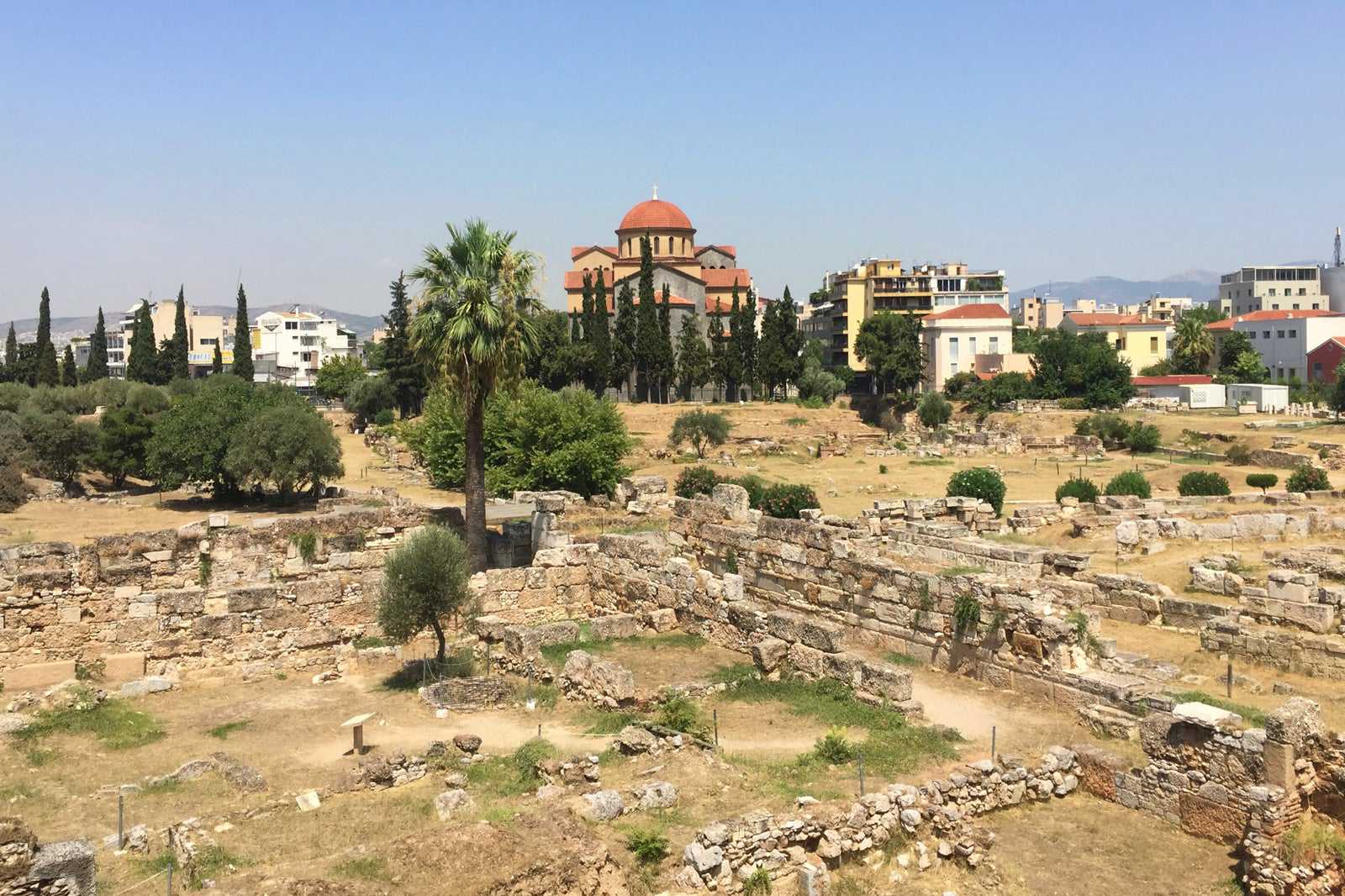
- Ιστορία
- Φωτογραφία
The Themistoclean Walls of Athens have to be one of the most audacious building projects of the ancient age. However, only fragments of them remain today. You can see them in and around the bustling port area of Piraeus, a 30-minute metro ride from the city centre, as well as in Kerameikos and on Philopappos Hill.
The Themistoclean Walls extended the whole way around the old city and down to the port areas, where the much-feared Athenian naval fleet was harboured. After Athens lost the Peloponnesian War in 404 BC, they were forced to destroy their bulwarks.
Τοποθεσία: Athens 105 53, Greece
Χάρτης - 9
Philopappos Hill
Where democracy was born
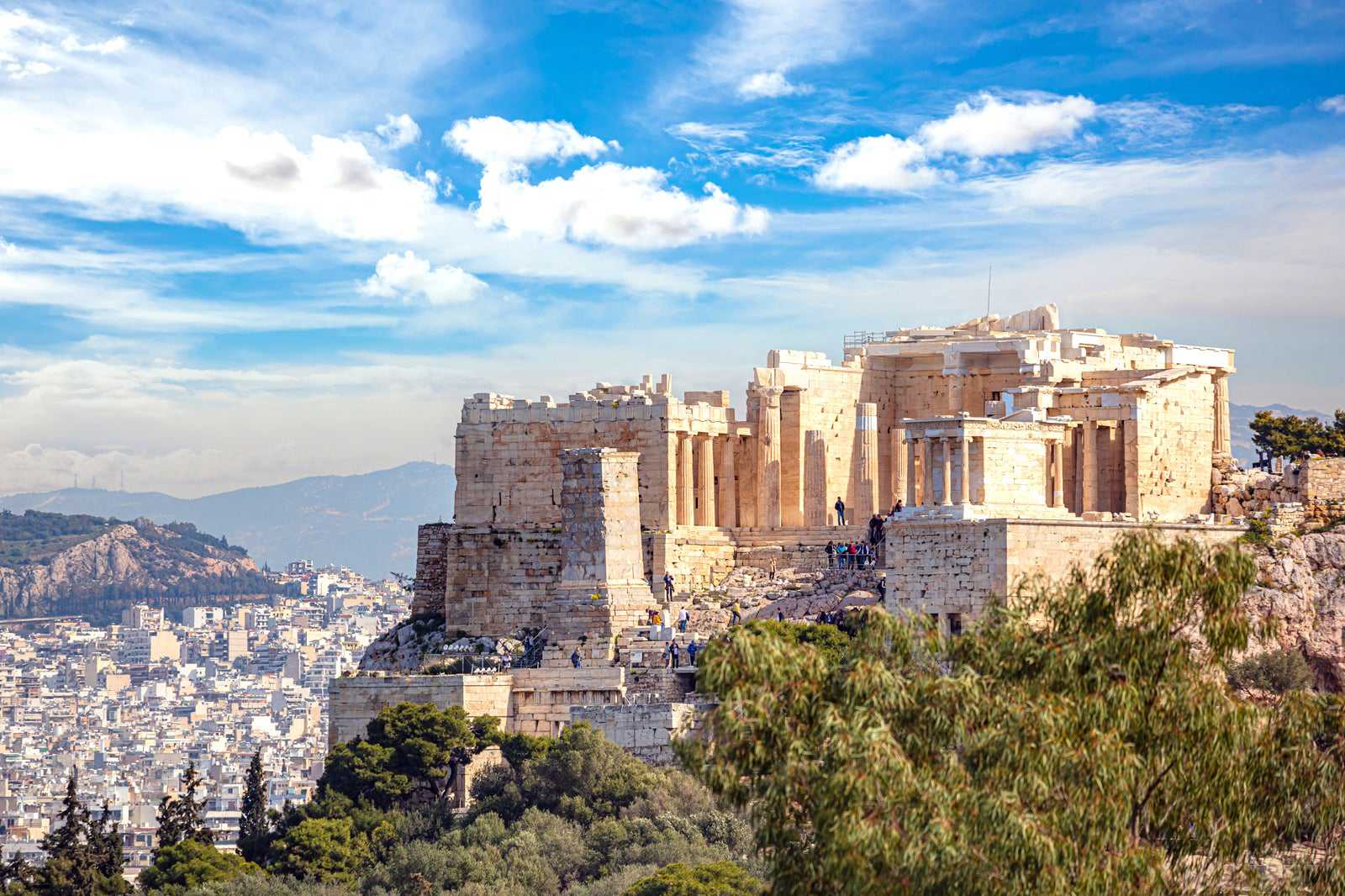
- Οικονομική διαμονή
- Ιστορία
- Φωτογραφία
Philopappos Hill played a super-important role in the development of western civilisation as a whole. This soaring mound on the western side of the Acropolis was where democracy was invented and first put into practice.
Today, you can see the paved square where up to 6,000 Athenian citizens would have come to express their views in open assemblies. And there's more – the mighty Philopappos Monument crowns the hill, remembering a Roman prince who served as one of the magistrates of Athens around the turn of the 1st century AD. Here, it offers one of the finest broadside views of the Parthenon.
Τοποθεσία: Athens 117 41, Greece
Ώρες λειτουργίας: 24/7
Χάρτης - 10
Ancient Agora of Athens
Stand where Plato and Aristotle once stood

- Ιστορία
- Φωτογραφία
The Ancient Agora of Athens is the kernel of what was once the old city. It nestles just under the great temples of Acropolis Hill, putting it within easy walking distance of other must-see landmarks and the charming districts of Plaka and Monastiraki.
This is where day-to-day life would have centred some 2,500 years back. A patchwork of stoas – covered porches that provided shade – and temples, market spaces and squares, the agora was where people came to shop, talk, and join religious festivals. It's likely that the famous philosophers of Athens would also have spoken on the corners here, surrounded by marble workers, weavers, blacksmiths, and more.
Τοποθεσία: Adrianou 24, Athens 105 55, Greece
Ώρες λειτουργίας: Daily from 8 am to 8 pm
Τηλέφωνο: +30 21 0321 0185
Χάρτης
